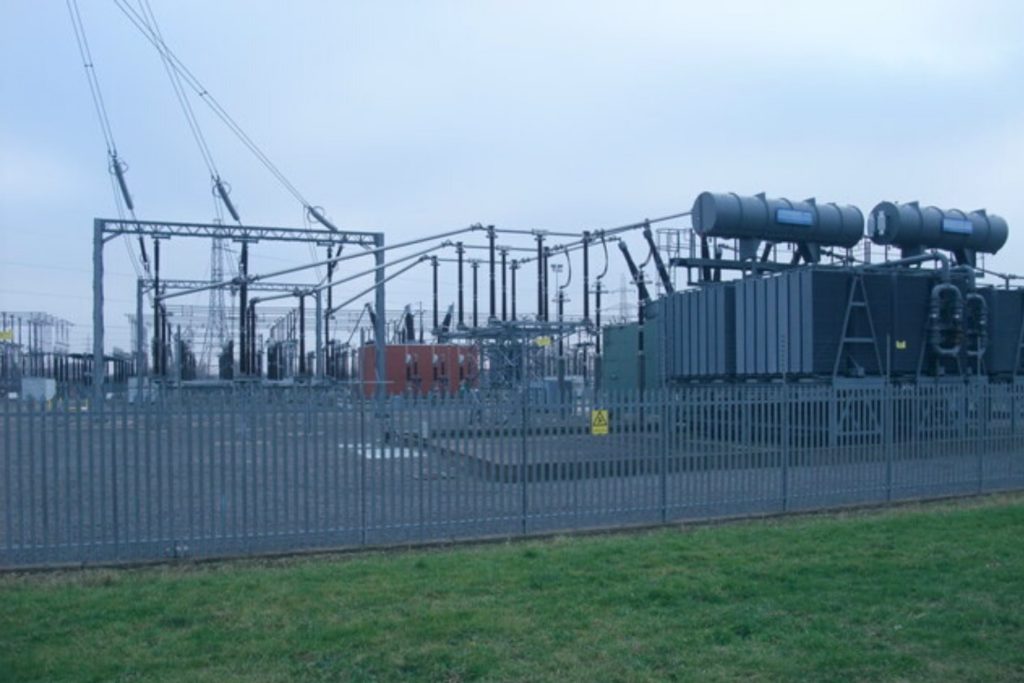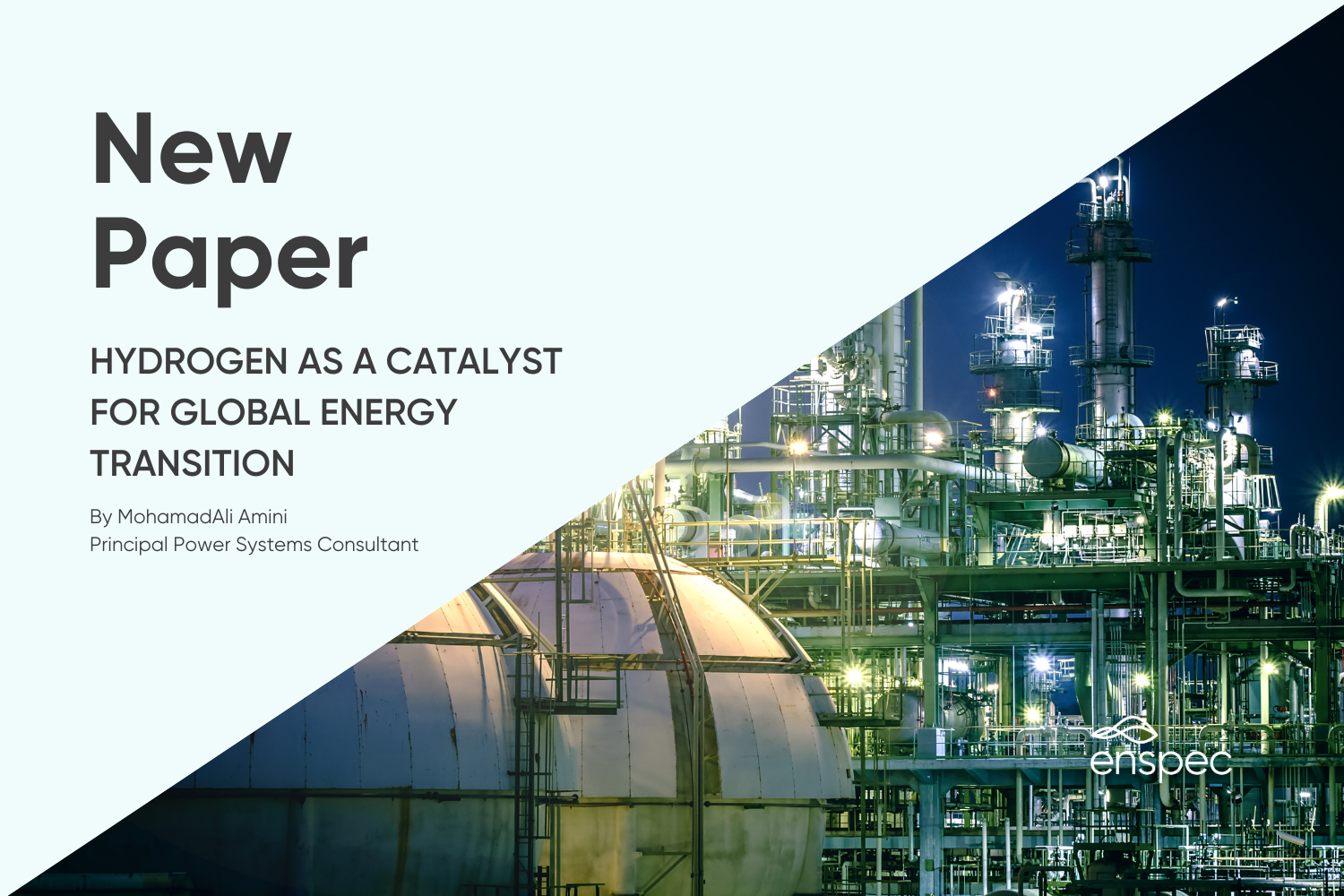The latest Engineering Recommendation (EREC) P28 issue 2 became applicable to all new connections on the 23rd May 2019. This latest revision, published by Energy Networks Association (ENA), provides new assessment criteria and limits on the allowed flicker and voltage fluctuations as a result of connected equipment. We’ve carried out a technical review of the new issue to highlight the key differences and give an initial impression of what this means for new connections.
One of the more significant updates relates to the assessment of voltage fluctuations caused by the energisation of transformers. Here the method of assessment, event categorisation and prescribed limits have been revised. In P28 issue 1 the voltage limit was pretty clear – no more than 3% after 30ms from the energisation event. There were some greater allowances granted for less frequent events, but the majority had to comply with this 3% limit. Issue 2 replaces this limit with defined voltage variation envelopes for each event frequency category.
Another significant change when it comes to transformer energisations is the residual flux assumption used in simulations, previously it was 0.8, but it is now 0.5. Further to this, in issue 1 the resultant voltage dip considered was arrived at by the 50thpercentile of a number of switching events, but now the maximum value is considered.
We carry out a range of simulations for different transformer sizes, fault levels and X/R ratios to see how the latest version may impact new connections.
On the whole the latest issue is positive for new connections, the main factor in this being the more generous switching event frequency classifications. However, there are some scenarios that result in a more onerous result, so as before an in-depth P28 study should be of top priority to any developer.
Check out the full technical review here:
P28 Issue 2 – a technical review



